Dermatology consulting
Skin is the largest organ of the human body. General state and health condition of a human depends on the health of this organ and its ability to fulfill its function. That is why it is necessary to visit a dermatologist for diagnostics and necessary treatment in case you have any symptoms indicating skin problems.
Treatment of skin diseases is not always a simple task. Its success depends on many factors: degree of disease development, general body state, its etiology, etc. That is why the treatment always includes series of actions and individual approach to every patient.
One of the most dangerous skin diseases is melanoma (skin cancer). Despite the fact that it is not the most common type of cancer, the disease is dangerous because it has very fast development and high fatality rate.
It is necessary to undergo preventive examinations by a dermatologist 1–2 times a year to detect the disease at early stages. In case you have one or more risk factors, you should visit a doctor more often.
- often visits to tanning rooms;
- history of sunburns;
- fair skin, blue, green or gray eyes;
- one or more close relatives with the history of skin cancer;
- many moles, especially raised over the skin and with the diameter of more than 5 mm;
- the birthmarks are located in the places where they often become subjects to traumatizing.

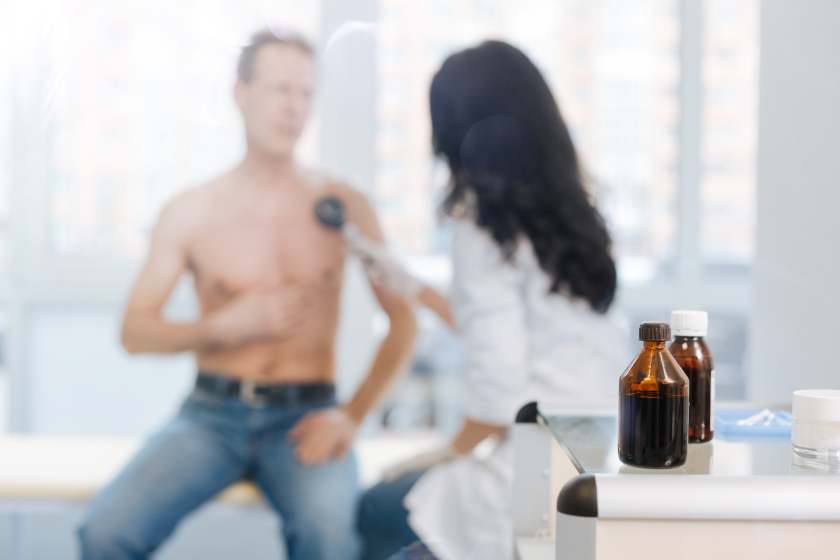

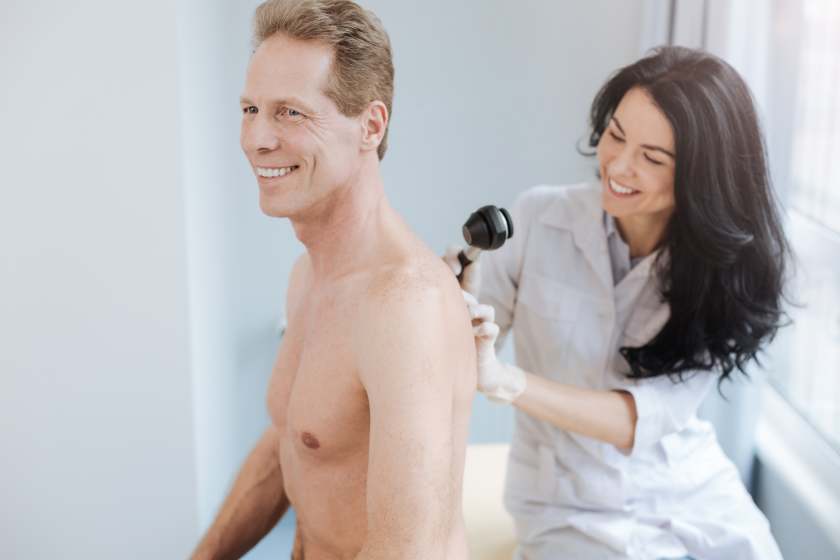

During a consultation a doctor will perform visual check-up and dermatoscopy. A dermatologist may prescribe additional diagnostic techniques to specify a diagnosis. Dobrobut clinic chain uses such a modern diagnostic method as patch test to identify the causes of some skin diseases.
Except for diagnostics and consultations by specialists, you can undergo a treatment and remove birthmarks using a safe and minimally invasive technique.
When a dermatologist is needed
You should see a dermatologist as soon as possible if you have the following symptoms:
- any eruptions or pathologic areas on your skin (spots, inflamed, weeping local areas, vesicles);
- pigmented and pigment-free formations;
- new birthmarks or existing ones that have changed their appearance;
- hair growth disorder, changes in nail plates;
- itching and sloughing of skin.
Skin diseases may have various causes, they may emerge in the result of the following issues:
- infectious lesions: warts, virus infections, herpes zoster;
- inflammatory process: acne, psoriasis, rosacea, seborrheic or atopic dermatitis;
- autoimmune diseases: vitiligo, lupus, various types of sclerodermia;
- hereditary factor in case of skin cancer development;
- allergic reactions: urticaria, eczema.
Diagnosis in dermatology
Skin diseases can have various forms (chronic or acute), various manifestations and causes. That is why diagnostics of skin pathologies requires systemic and complex approach.
The advantage of skin diseases diagnostics is that the organ is on the surface and available for a visual check-up by a doctor. A doctor can often make assumptions on the character and causes of a disease, and determine a provisional diagnosis basing on shape, appearance, manifestations and location of pathologic areas.
Dermatologists use laboratory diagnostic techniques such as clinical blood analysis and blood chemistry, biopsy, allergic tests and other examinations to specify or confirm a diagnosis. One of the main instrumental diagnostic techniques is dermatoscopy.
Laboratory diagnostics
Laboratory diagnostics provides a dermatologist with the clinical data on the patient’s general health condition.
The following laboratory diagnostic techniques are used in dermatology:
- clinical blood analysis and blood chemistry;
- allergic tests;
- pathohistological examination of tissue samples after a biopsy;
- test for mycotic infections;
- bacterial examination.
The biopsy is performed to take skin samples for a pathohistological examination: a tissue sample is taken from an abnormal skin area and sent for examination to a pathohistological laboratory. The examination plays an important role in diagnostics and early detection of skin oncological diseases.
A doctor makes a scraping to perform tests for a mycotic or another type of infection, and such diseases as itch or demodecosis, and sends the samples to a laboratory for examination.
Instrumental diagnostics
Dermatologists use various additional instrumental diagnostic techniques for more detailed check-up and diagnostics of skin neoformations.
Wood’s lamp (emission of the invisible part of the spectrum)
The lamp emits ultraviolet (invisible part of the spectrum) that helps in diagnosing mycotic and bacterial infections, and enhances the visibility of pigmented lesions caused by various diseases, for example, vitiligo. The lamp is used in a dark room, its rays are targeted to the affected skin area.
Diascopy
Diascopy is the studying of skin coloration changes when pressing. During diagnostics, a doctor uses a special glass applied to the affected skin area and presses it. Various skin coloration changes may indicate various diseases. For example, in case of sarcoidosis the skin becomes olive brown.
Dermatoscopy
Dermatoscopy is the technique that allows determining of skin neoformation character. Diagnostics is performed with a special device, dermatoscope that magnifies the image by 10 times. With this device, a doctor can study the structure of the neoformation, its symmetry, edges, and extent of growing into skin, and to determine if it is benign or malignant. This absolutely safe and simple diagnostic technique allows detecting and removing of the melanoma (skin cancer) at the earliest stages.
Dermatoscopy is necessary in the following cases:
- many new moles came up or begin to come up on the skin;
- the mole increased in size, changed its shape, color or there are any other changes in its appearance;
- itching in the mole area. Sloughing or any other type of discomfort and feeling of uneasiness;
- removal of a skin neoformation is to occur;
- you have had sunburns or you often use a tanning room;
- many pigment stains and raised formations (birthmarks) with the diameter of more than 5 mm.
Risk factors for the developing of skin cancer are:
- Fair hair and skin, gray, green or blue eyes;
- Excessive exposure to the sun or staying in a tanning room;
- Close relatives with oncological diseases, skin cancer included.
If you have no complaints, you should undergo dermatoscopy 1–2 times a year, and 3–4 times a year if you are over 60 years old.
Preparation
The procedure does not require any preparation, cosmetic products (cream, body milk, shower gel, etc.) on the skin are not the contraindications for dermatoscopy and do not affect the reliability of the results.
Treatment in dermatology
Surgical methods are used in dermatology both for the treatment of skin diseases and for diagnostics.
In case of detection of potentially dangerous birthmarks and neoformations in the locations where they often become subjects to traumatizing, a dermatologist may recommend to remove them. We use safe techniques of birthmark removal at Dobrobut clinic chain, applying modern surgical methods such as radio wave method, and we also apply excisional and patch biopsy with further pathohistological diagnostics to determine the character of the neoformation.
All the surgical procedures take place in Dobrobut clinic chain laboratory and take not more than several hours, and a patient can go home after the procedures are finished.
Our advantages
Our services
Our clinics
ISO certificates
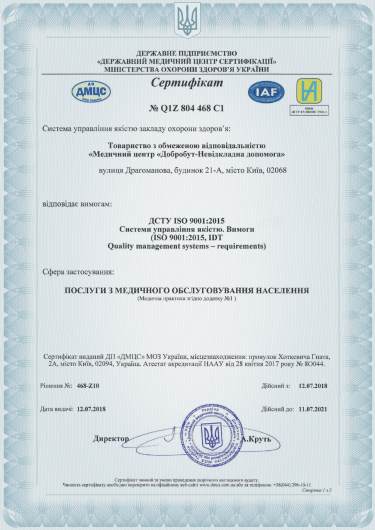
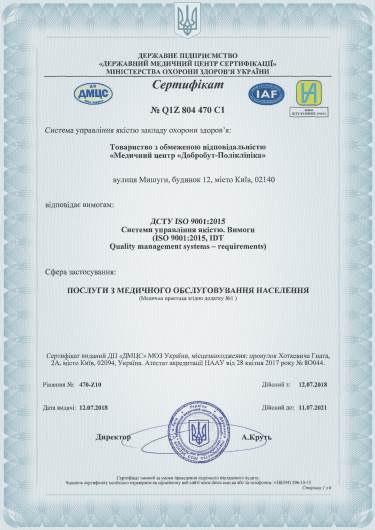
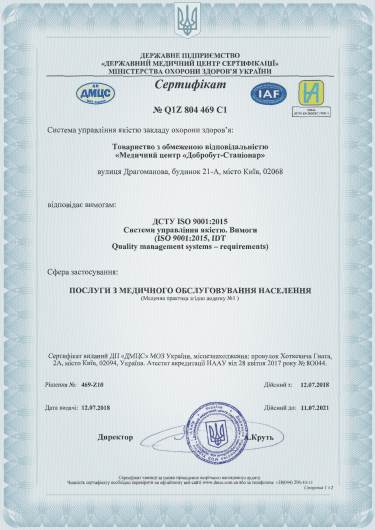
Accreditation certificates
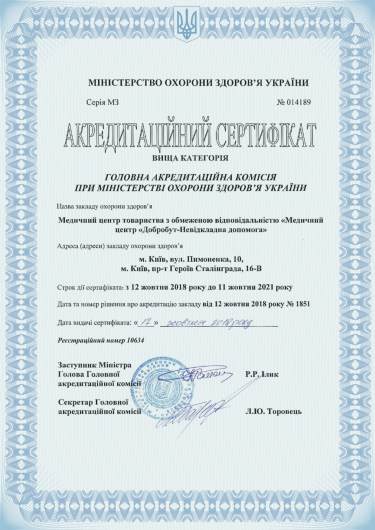
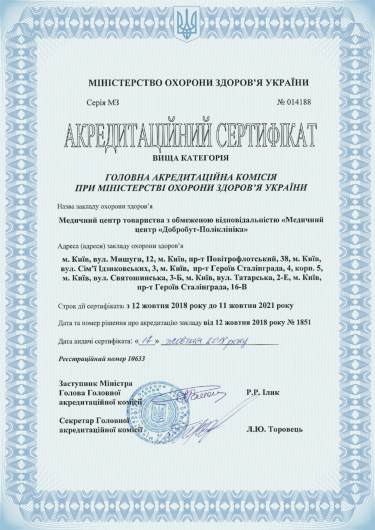

Medical practice licenses
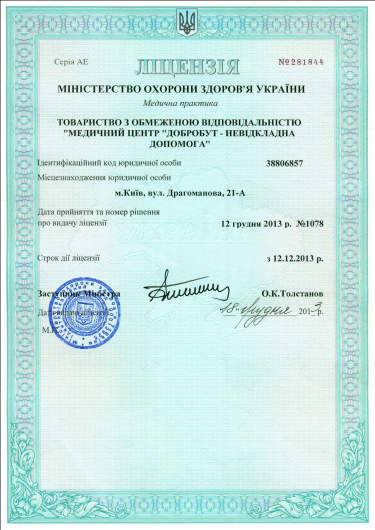
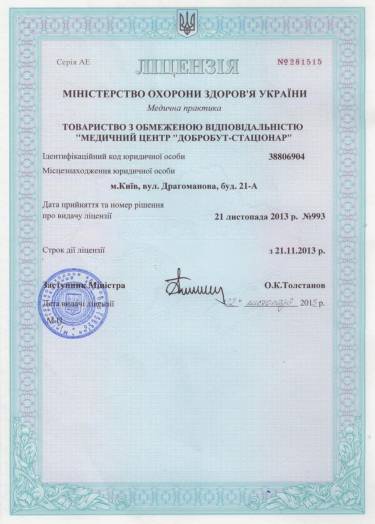

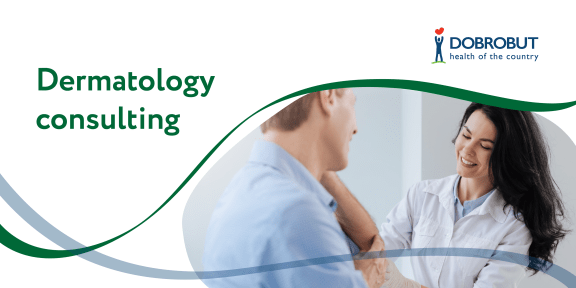


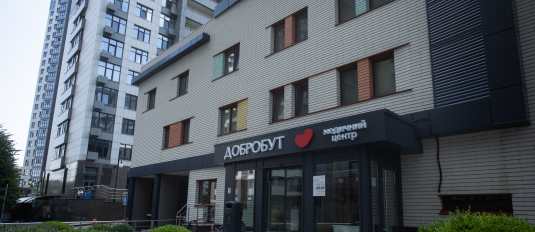
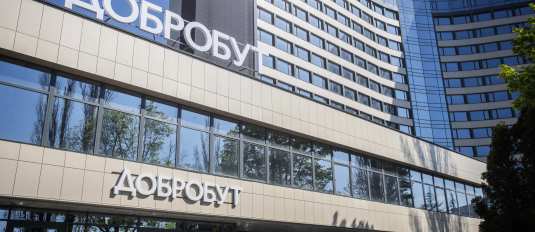

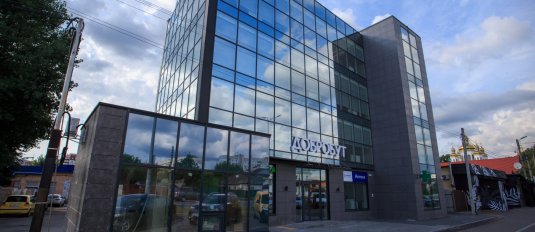
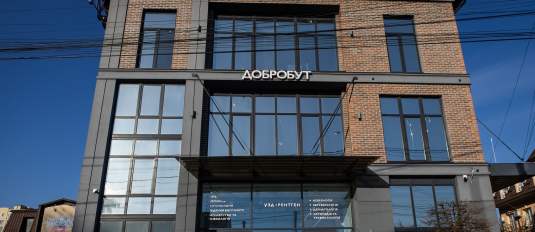

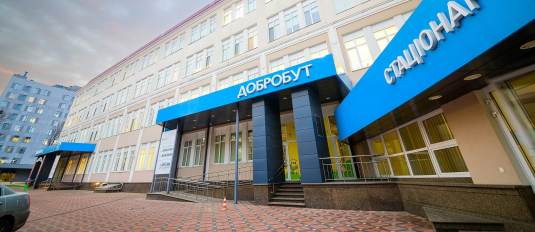
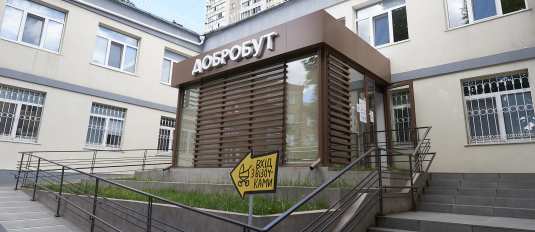






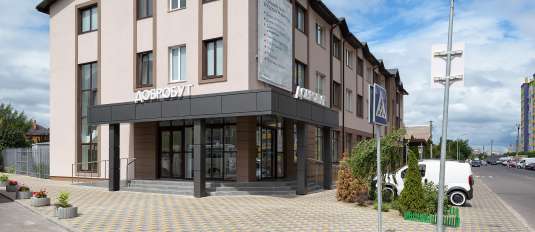
%402x.png)
%402x.png)
